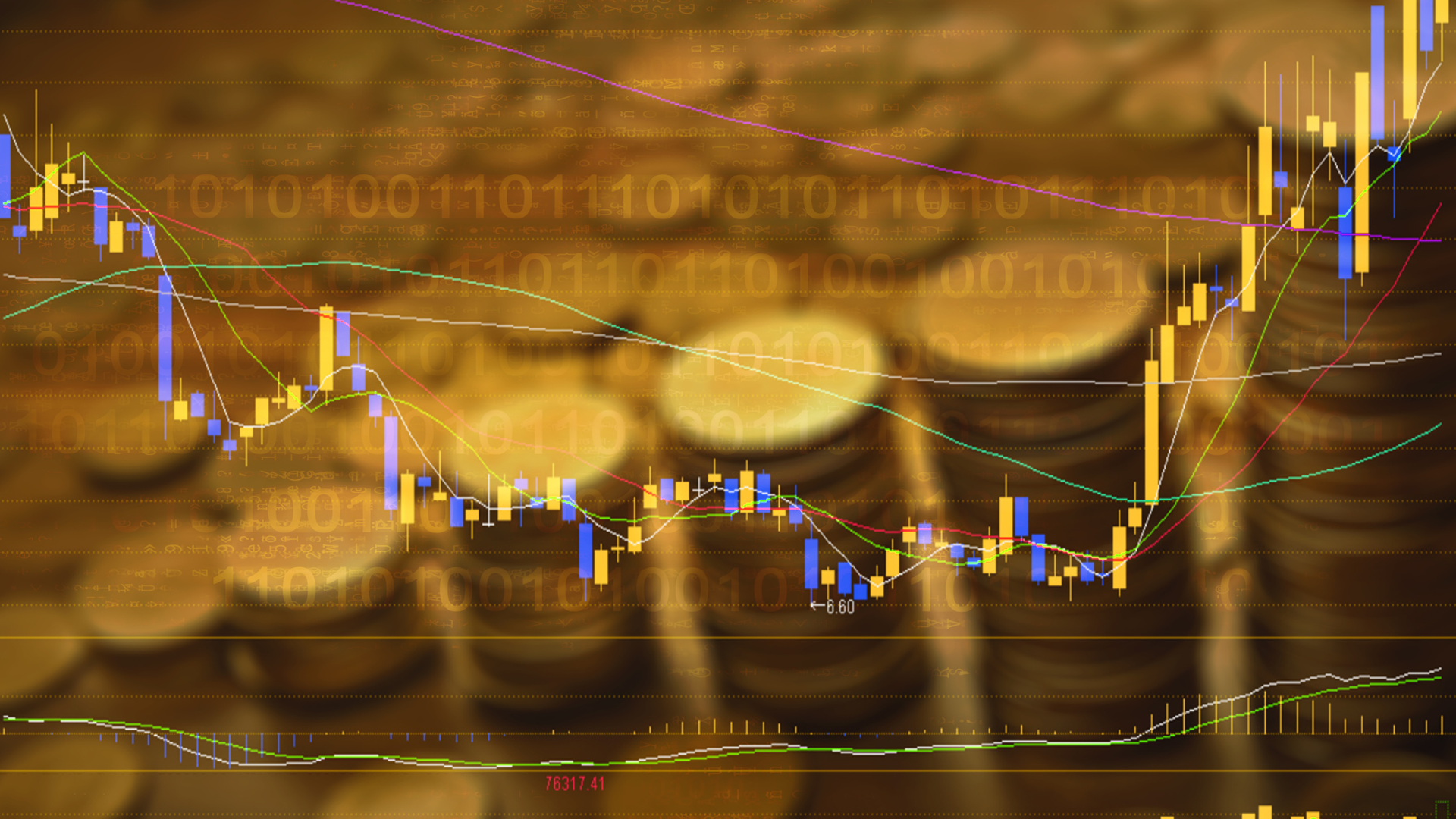The Australian dollar remained under pressure following the release of the country’s latest trade balance data, which showed a decline in surplus compared to previous months. The weaker-than-expected figures signaled softer demand for Australian exports, adding to concerns about the broader economic outlook. Despite some resilience in commodity prices, the currency failed to find strong support, reflecting market unease.
Analysts noted that the decline in the trade surplus was largely driven by reduced exports of key commodities such as iron ore and coal, coupled with higher import volumes. This shift suggests potential headwinds for Australia’s export-driven economy, especially amid ongoing global economic uncertainties. The data also indicated that external demand may not be strong enough to offset domestic economic challenges.
Investors reacted cautiously, with the Australian dollar hovering near multi-week lows against major currencies. The subdued performance comes as traders weigh the implications of the trade data on future monetary policy decisions by the Reserve Bank of Australia (RBA). Some market participants believe the central bank might adopt a more cautious stance if external trade conditions continue to soften.
Adding to the pressure, global risk sentiment remains fragile due to concerns over slowing growth in key markets such as China, one of Australia’s largest trading partners. The weaker trade figures have intensified fears that Australia’s economy could face additional strain if external demand continues to wane. This sentiment has kept the Australian dollar on the defensive, with limited signs of a near-term rebound.
Despite the currency’s struggles, some economists argue that the situation could stabilize if global commodity prices remain firm and external demand picks up. However, they caution that any recovery will likely be gradual, depending on shifts in both domestic economic policies and international market dynamics. The Australian dollar’s trajectory will also hinge on upcoming economic indicators and geopolitical developments.
For now, the currency remains vulnerable to external shocks, with traders closely monitoring both domestic data releases and global economic trends. The latest trade balance figures have served as a stark reminder of the Australian dollar’s sensitivity to shifts in global trade dynamics and economic sentiment.






















